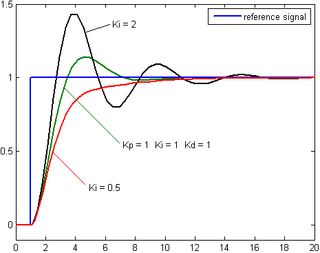DrGreenLeaf
Member
Some of the 1.5M coil wire finished
Except they need male xlr end.... at least for my setup. Looks like a "dnail " coil.....
Sent from my SGH-T399N using Rollitup mobile app
Some of the 1.5M coil wire finished
Yes, we make that too, different stylesExcept they need male xlr end.... at least for my setup. Looks like a "dnail " coil.....
Sent from my SGH-T399N using Rollitup mobile app
1.5 Meterswow those are some long cables, hook it up
Don't suppose you could post the equation and the numbers you need to plug into the equation. I'll have a go at the maths for you.Yup thats what the PID stands for Proportional, Integral, Derivative
From my understanding its like a wave on an oscilloscope. You want it to be nice and even after the start up point. The X amount of power put in every X amount of time should directly line up with the rate at which the heating element cools/heats. Too strong and the coil will overshoot its designated temp and prematurely ware itself out, too low and the coil will drop temps really easily and struggle staying at the temps you want.
Ive watched a few videos explaining it on youtube but my math is horrible so i got lost once they showed an equation that was 90% letters. hahaha
According to shipping everything should be here by saturday unless it gets slowed down and since most of it is USPS thats highly likely. But monday at the latest for all parts including the stuff from auber.



















me?@schon
what PID are you using? What's the Volt & Watt rating for your coil?Need sone help I have power temperature but it stops at 89 and I tried to put it in auto tune to see if it would help but I let it go for about five hours and never stopped blinking so if any one has any suggestions that would be great?
personally it sounds like you have your TC and power mixed up. "I have done that before and had the same exact outcome" ...... just a reminder though...... Auto tuning should NEVR take more than a few hours depending upon what you have plugged into your PID but we all are using relatively small coils and should only take a hour tops , also make sure no fans or central heating and cooling systems are on in the room you plan doing your auto tuning in, it can throw off the auto tunes algorithms and your life of your coil could potentially be shortened.Need sone help I have power temperature but it stops at 89 and I tried to put it in auto tune to see if it would help but I let it go for about five hours and never stopped blinking so if any one has any suggestions that would be great?
I'm using a Auber pid with a 120v-200w-k coil. And the outlet thing is the ssr light is not on.what PID are you using? What's the Volt & Watt rating for your coil?
OtherI'm using a Auber pid with a 120v-200w-k coil. And the other thing is the ssr light is not on.
yeah check your TC- and TC+ and that they aren't mixed up with your two power wires (note: You don't have to worry about - , + on your coil power to the coil itself. But make sure your TC- & TC+ don't get mixed up, won't get a proper temperature reading and will burn out coil.) it's what it sounds like, can you see a very dim lit light on ssr if you look closely, or in the dark? If so your just pumping 12v into it and that means you got a few wires mixed up. but I'm certain that you have done a redundancy test of all connections? I.e. No lose or crossed wires.Other
